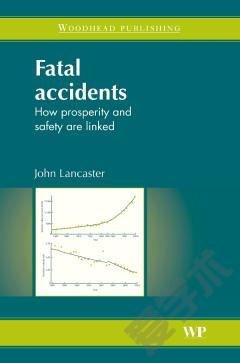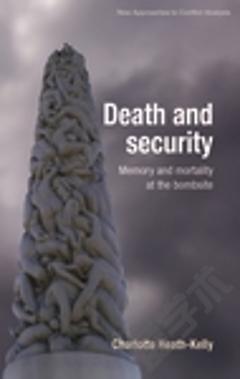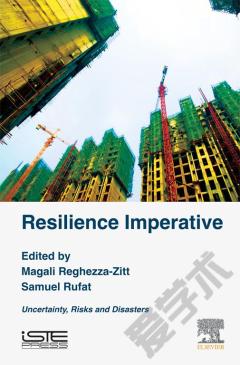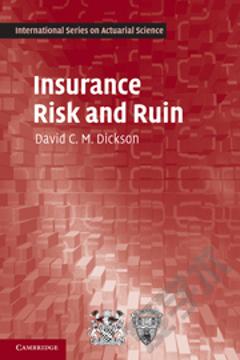Fatal Accidents —— How Prosperity and Safety Are Linked
----- 致命事故:如何把安全和繁荣是联系在一起
Accidents are generally regarded as unexpected events that do not fall into any regular pattern. Such is not the case. Analysis of the historical records of accident mortality rates in general, and specifically in industry and transport, shows that they diminish with the passage of time in an ordered fashion, although we are not consciously aware of this fact.In his challenging book Fatal Accidents, the author, in order to explain this paradox, proposes a model of human behaviour in which the reduction in fatal accident rates results from a development of skill, such that the population becomes progressively more adept at avoiding mishaps. Such changes are subconsciously and collectively regulated by the population concerned for example, by drivers in the case of road transport and are made possible by advances in science and technology. A similar model is applicable to the reduction of general mortality rates, to economic growth and to population growth. The future cannot be predicted, but at present safety is improving at a satisfactory rate.Examines fatal accident trends in industry and transportProposes that fatal accident rates diminish over time as a result of skill developmentObserves the correlation between accidents and specific measures of human activity, such as national productivity
{{comment.content}}








 京公网安备 11010802027623号
京公网安备 11010802027623号